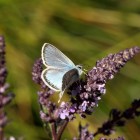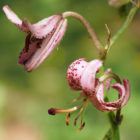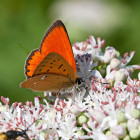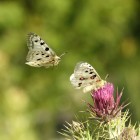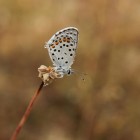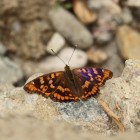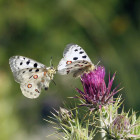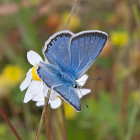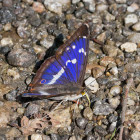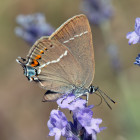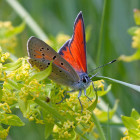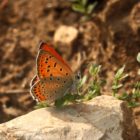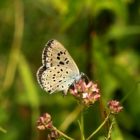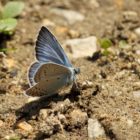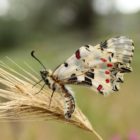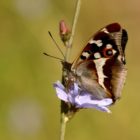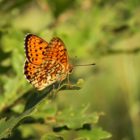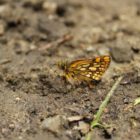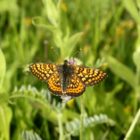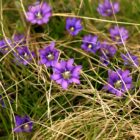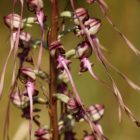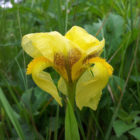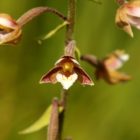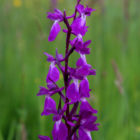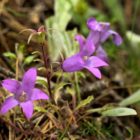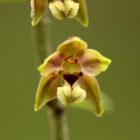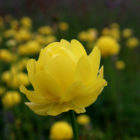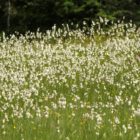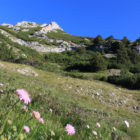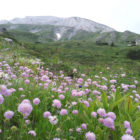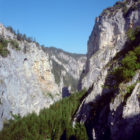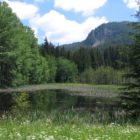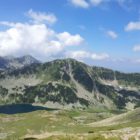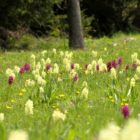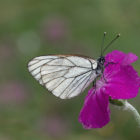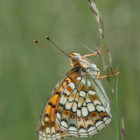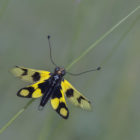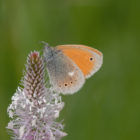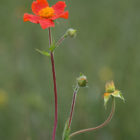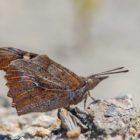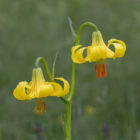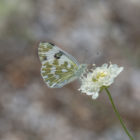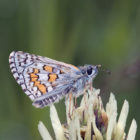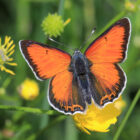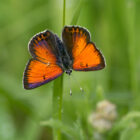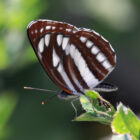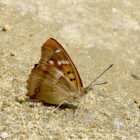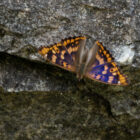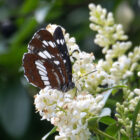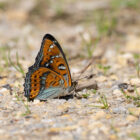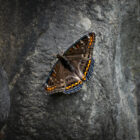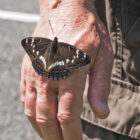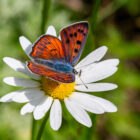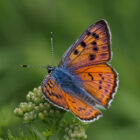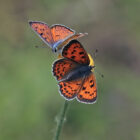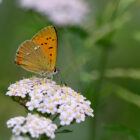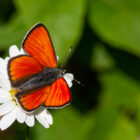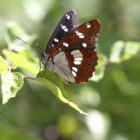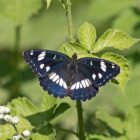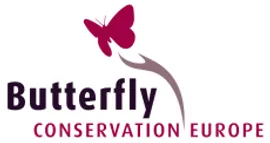Dates & Prices |
BOOK HOLIDAY NOW |
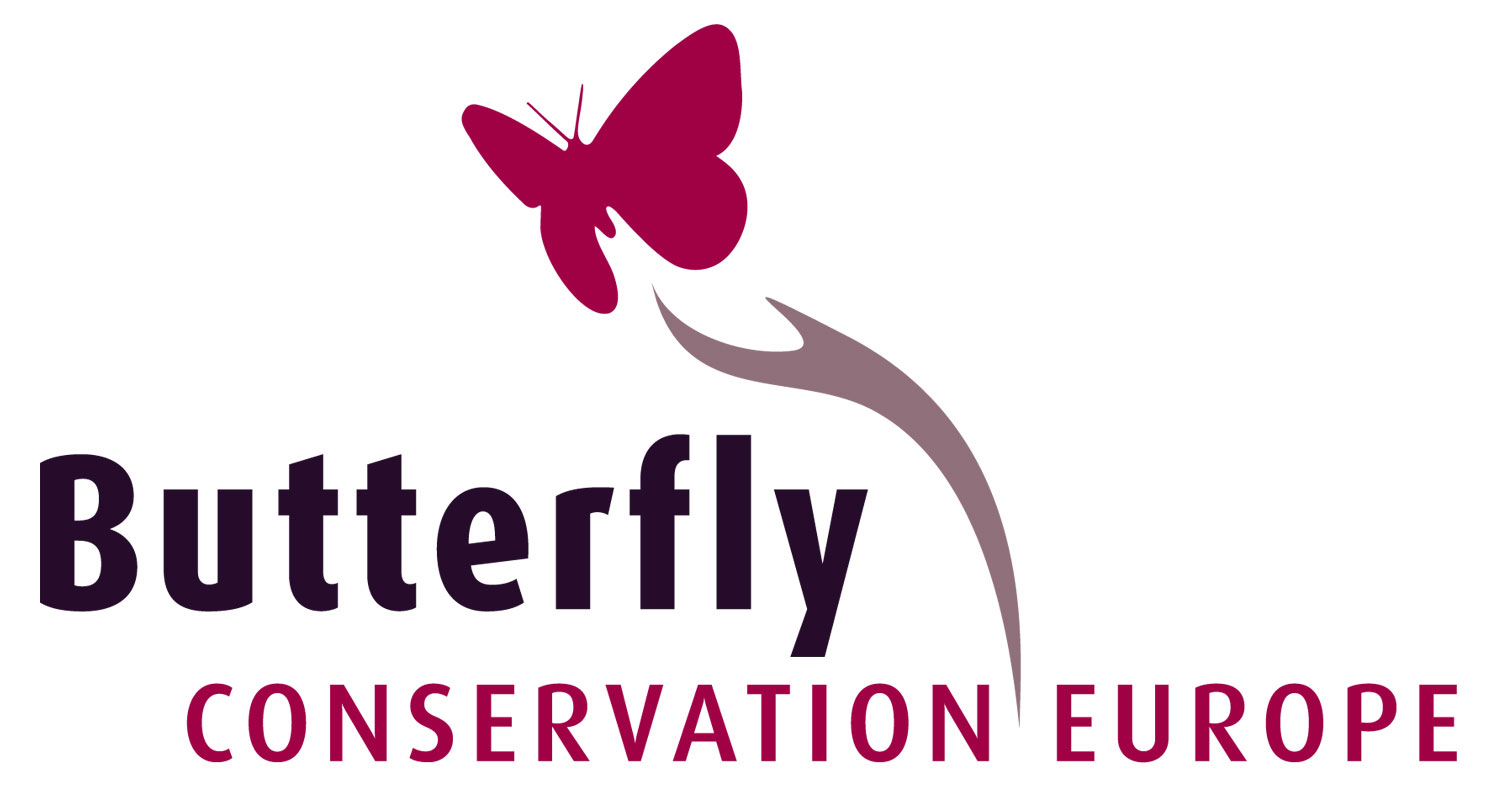
Dates: 2nd – 10th July 2025 Confirmed departure
Price: £1,595 places available
Single Room Supplement: £175
Deposit: £150 per person
Price Includes: All meals, accommodation, ground transport, services of guides + holiday report
Not Included: Flights, travel insurance, drinks and any other personal items
Conservation Donation: Butterfly Conservation Europe
Leader(s): Ben Greenaway & Simeon Gigov
Group Size: Minimum of 4 and a maximum of 12 guests plus 1-2 leaders
Grade: Gentle pace and generally short walks in a mix of terrains
Holiday Highlights
- Visit the stunning Rila and Pirin National Parks with their lofty peaks, the equally magnificent Kresna & Trigrad Gorges and the wildlife rich Rhodopes, close to the North Greece border
- 110+ butterfly species very possible (we saw 125 in 2024 & that is without rushing around ticking lists)
- Led by our first class butterfly guide Ben Greenaway, plus experienced and excellent birder & all-round naturalist local guide Simeon Gigov
- Special butterflies – Apollo & Clouded Apollo, Eastern Festoon & Purple Emperor. Skippers: Chequered, Sandy Grizzled, Oberthur’s Grizzled, Large Grizzled & Hungarian. Coppers: Balkan, Scarce & Lesser Fiery. Blues: Large, Alcon, False Eros, Amanda’s, Mazarine, Turquoise, Meleager’s & Little Tiger. Fritillaries: Twin-spot, Balkan, Lesser Spotted, Nickerl’s, Niobe, & Marsh. Ringlets: Ottoman Brassy, Woodland, Bright-eyed & Large. Heaths: Chestnut & Eastern Large. Graylings: Dil’s & Freyer’s.
- Explore various habitats from 150m to at least 2,600m
- Plenty of interesting birds & flora to enjoy too, on this leisurely paced 9 day tour of the best sites in the region
From the river valleys of Struma and Mesta, influenced by the Mediterranean Sea, to the alpine zones of Pirin and Rila mountains, Southwest Bulgaria offers a great variety of habitats to be explored. The southwestern region of Bulgaria is one of the most diverse and rich in flora and fauna on the Balkan Peninsula. Its first and third highest mountains are located here, respectively Rila with Mount Moussala towering to 2,925m and Pirin with Mount Vihren – 2,916m. The rich biological diversity of these two mountains are protected with the designation of Rila National Park and Pirin National Park and Pirin is also a UNESCO World Heritage Site. On this trip we will also explore the Western Rhodope Mountains with their rounded, pine-clad hills, occasionally cut by streams and rivers winding through deep gorges. The area also features two of the biggest rivers in Bulgaria – Struma and Mesta, whose valleys we will also explore during this trip. We will use two different hotels to enable us to cover the maximum amount of different habitats and sites with the minimum amount of driving. The first base will be in the Trigrad area and not far from the magnificent Trigrad gorge. The second base will be in the Predela area, in the foothills between both Rila and Pirin mountains. With more than 180 species of butterflies recorded, this area is one of the richest in Europe. We will see a excellent range and usually between 110 – 125 species in total! The highlights amongst those on the wing at this time of the year include Apollo, Clouded Apollo, Mountain Small White, Eastern Greenish Black-tip, Eastern Wood White, Blue-spot Hairstreak, Balkan Copper, Little Tiger Blue, Eastern Short-tailed Blue, Eastern Baton Blue, Blue Argus, Amanda’s Blue, False Eros Blue, Nettle-tree Butterfly, Freyer’s Purple Emperor, Poplar Admiral, Southern White Admiral, Common Glider, Hungarian Glider Niobe Fritillary, Twin-spot Fritillary, Nickerl’s Fritillary, Balkan Fritillary, Lesser Spotted Fritillary, Marsh Fritillary, Balkan Marbled White, Eastern Rock Grayling, Freyer’s Grayling, Dils’ Grayling, Bright-eyed Ringlet, Woodland Ringlet, Ottoman Brassy Ringlet, Eastern Large Heath, Lattice Brown, Yellow-banded Skipper, Tufted Marbled Skipper, Sandy Grizzled Skipper, Chequered Skipper, etc. The birdlife in the area is also rich with more than 200 species recorded so far. In the mountains we will look out for Hazel Grouse, Golden Eagle, Pallid Swift, Alpine Swift, Black Woodpecker, Grey-headed Woodpecker, Water Pipit, Ring Ouzel, Crested Tit, Willow Tit, Wallcreeper, Spotted Nutcracker, Alpine Chough and European Serin. In the lowlands we may encounter Black Stork, Griffon Vulture, Lesser Spotted Eagle, Short-toed Eagle, Long-legged Buzzard, Levant Sparrowhawk, Turtle Dove, Hoopoe, Bee-eater, Middle Spotted Woodpecker, Syrian Woodpecker, Black-eared Wheatear, Blue Rock Thrush, Great Reed Warbler, Olivaceous Warbler, Sombre Tit, Rock Nuthatch, Short-toed Treecreeper, Lesser Grey Shrike, Woodchat Shrike, Golden Oriole, Hawfinch, Black-headed Bunting, Cirl Bunting and Rock Bunting. Our local guide will be Simeon Gigov, who has more than ten years’ experience in guiding natural history trips in Bulgaria. He is also a dedicated conservationist and has participated in numerous ornithological studies and conservation projects, such as the establishment of the ecological network Natura 2000 in northwestern Bulgaria. With his experience and expertise Simeon has also contributed to numerous scientific publications with a practical conservation focus. The Bulgarian flora is also rich and diverse with a many local and Balkan endemics, most being found in the mountains we shall be visiting. Some of the species we shall encounter will be familiar from the Alps, such as Nigritella nigra, Armeria alpina, Aster alpinus, Campanula alpina and Scutellaria alpina. Others such as Lilium rhodopaeum, Gymnadenia frivaldii, Campanula orphanidea, Campanula moesiaca, Haberlea rhodopensis, Sideritis scardica, Trachelium rumelianum, Veratrum lobelianum, Thalictrum minus, Cerinthe glabra, Epilobium dodonaei, Scrophularia bulgarica, Tragopogon balcanicum, Morina persica, Verbascum davidoffii, Pedicularis orthantha, Dianthus microlepis, Dianthus petraeus, and Silene roemeri are Bulgarian or Balkan endemics. We may even see Paronychia argentea, Silene compacta, Digitalis lanata and Campanula scutellata, plants that make their way up from the Mediterranean. Despite the large number of butterfly species to see we will not be rushing from place to place to build as large a list as possible. Our emphasis, as with all our holidays, is to take things leisurely and spend a reasonable amount at time at locations. We believe this is the best way of enjoying the wildlife and just soaking up the atmosphere and culture of the Country. So we will keep driving to a minimum and spend as much time as possible outside, on easy paced walks and relaxing, sociable picnics. For those that wish to bring cameras, there will be ample time and opportunity for photography and to capture those special moments – of which we are sure there will be many!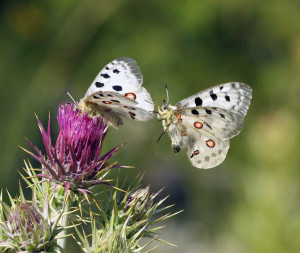

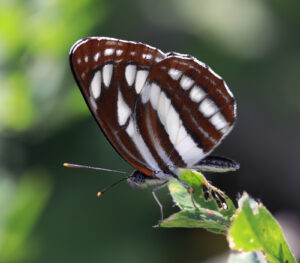

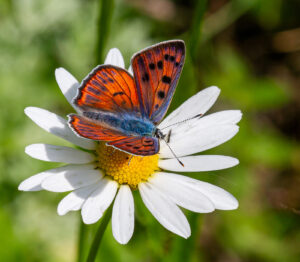
Day 1
Arrival at Sofia Airport and transfer southeast to the Western Rhodopes (near the border with Greece) with several stops on the way to check for interesting butterflies and flowers.
Accommodation for four nights in the area of Trigrad.
Day 2 and Day 3
In these two days we will visit various sites and habitats, including the magnificent Trigrad Gorge, old conifer forests and flowering meadows in the area. Target species of butterflies here include Chequered Skipper, Tufted Marble Skipper, Apollo, Mountain Small White, Balkan Copper, Scarce Copper, Large Blue, Alcon Blue, Geranium Argus, Amanda’s Blue, Niobe Fritillary, Twin-spot Fritillary, Heath Fritillary, Nickerl’s Fritillary, Purple Emperor, Chestnut Heath, Woodland Ringlet, Bright-eyed Ringlet, etc.
This is the time of the blooming of the beautiful flower Haberlea rhodopensis, which can be found only here in the Rhodope Mountains and in the Central Balkan Mountains.
We will have also very good chances to see the Balkan Chamois here.
Day 4
Morning drive (for about an hour) to Rozhen Pass, which is one of the very few locations where we can see the Rhodopean Lily (Lilium rhodopeum). The area is also excellent for butterflies and here we can expect to see Scarce Copper, Alcon Blue, Mazarine Blue, Heath Fritillary, Ottoman Brassy Ringlet, etc.
In the afternoon we will visit the area of Smolyan Lakes, which is good for Apollo, Balkan Copper, Mazarine Blue, Heath Fritillary, Marsh Fritillary, Woodland Ringlet, Bright-eyed Ringlet, Ottoman Brassy Ringlet, Chestnut Heath, etc.
The area is also great for dragonflies and supports populations of Robust Spreadwing, Northern Damselfly, Large Red Damselfly, Southern Hawker, Brilliant Emerald, Four-spotted Chaser and Yellow-winged Darter.
Day 5
Morning drive west to the Pirin and Rila Mountains (incl. 3 hours driving), where we will be staying for 4 nights in the countryside on the saddle between the two mountains.
On the way we will stop at several spots to explore the Mesta River valley and the foothills of Slavyanka Mountain. Our target species of butterflies here will be Hungarian Skipper, Yellow-banded Skipper, Oberthuer’s Grizzled Skipper, Eastern Festoon, Berger’s Clouded Yellow, Lesser Fiery Copper, Ilex Hairstreak, Large Blue, Lesser Spotted Fritillary, Balkan Marbled White, Dil’s Grayling, etc.
Day 6
Today we will be exploring the high mountain conifer forests (composed to a great extend by Macedonian and Bosnian pine trees), the high mountain grasslands and the subalpine zone of Pirin Mnts.
Butterfly species of interest can include Clouded Apollo, Balkan Copper, Scarce Copper, Meleager’s Blue, Turquoise Blue, False Eros Blue, Balkan Fritillary, Eastern Large Heath, Ottoman Brassy Ringlet, Large Ringlet and many others. Birds to be seen here: Alpine Chough, Spotted Nutcracker, Crossbill, Ring Ouzel, Firecrest and Goldcrest, Willow Tit, Crested Tit, Siskin, Pallid Swift, etc. Very good chances to see the Balkan Chamois here too.
Day 7
Morning drive (for about an hour and a half) to the Eastern Rila Mountain, where we will spend the whole day. Our targets here will be Large Grizzled Skipper, Balkan Copper, Mazarine Blue, Balkan Fritillary, Heath Fritillary, Chestnut Heath, Eastern Large Heath, Large Ringlet, Bright-eyed Ringlet, Ottoman Brassy Ringlet, Water Ringlet, etc.
Day 8
Morning drive (for about an hour) to Kresna Gorge, where we will spend the whole day. Butterflies of interest here include the Sandy Grizzled Skipper, Eastern Festoon, Eastern Wood White, Southern Small White, Little Tiger Blue, Lang’s Short-tailed Blue, Lesser Spotted Fritillary, Balkan Marbled White, Freyer’s Grayling, etc.
Birds of the area include the Griffon Vulture, Short-toed Eagle, Honey Buzzard, Levant Sparrowhawk, Middle Spotted Woodpecker, Golden Oriole, Western Rock Nuthatch, Blue Rock Thrush, Black-eared Wheatear, Eastern Olivaceous Warbler, Sombre Tit, Rock Bunting, etc.
Day 9
Transfer (for three hours) to Sofia for departure.
2023 “The holiday was excellent. Very helpful & knowledgeable guides, and locations were all I could have wished for.” Linda K


